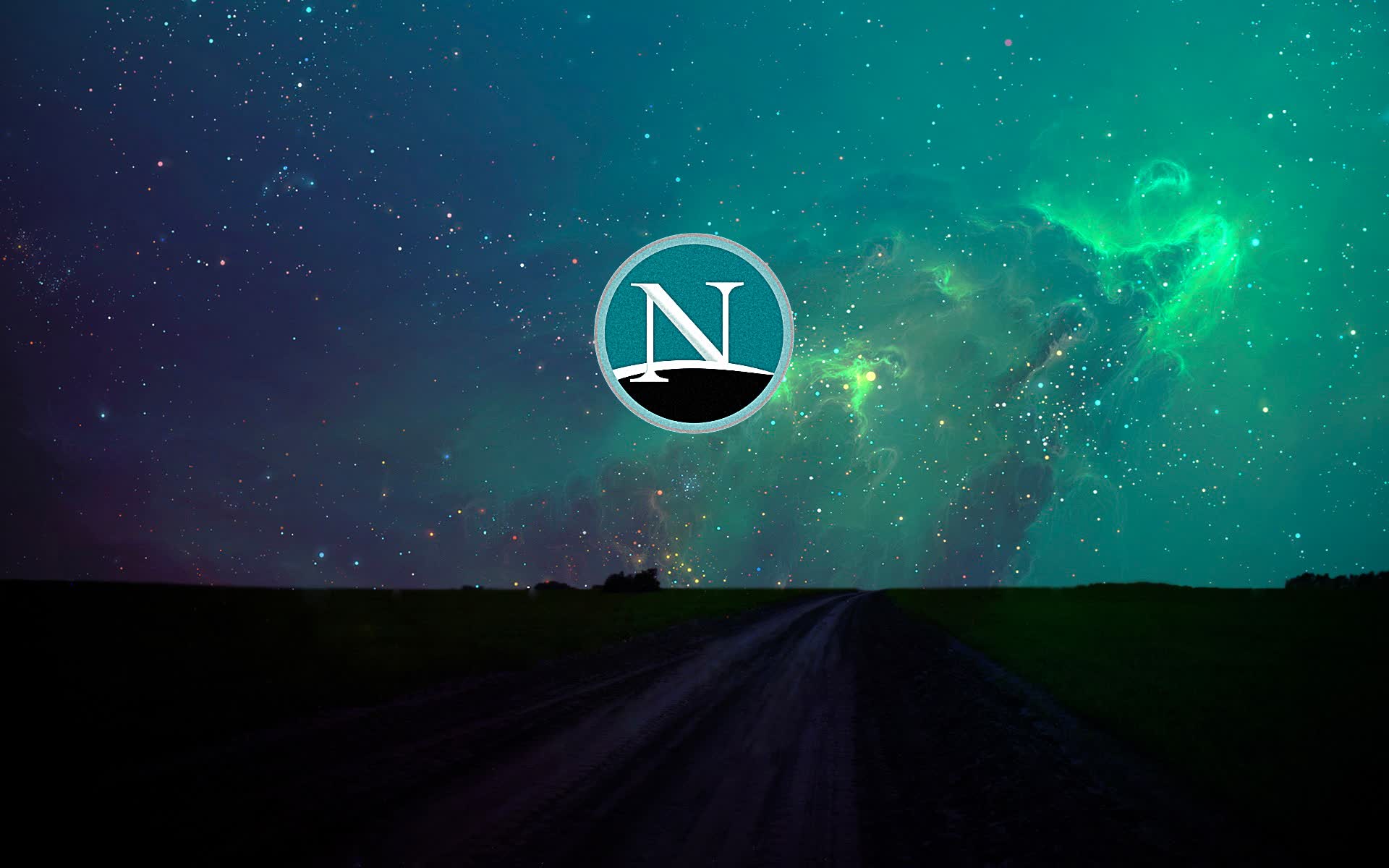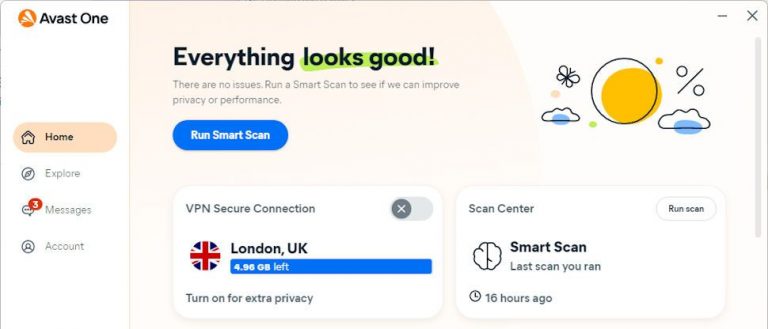Revolutionary Browser’s Forgotten Legacy: The Rise and Fall of Netscape

The Early Days of the Internet: A Look Back at the Rise and Fall of Netscape
In the early 1990s, the internet was a vastly different place. It consisted of primarily bulletin board systems (BBS) with limited multimedia capabilities, including low-resolution images. These systems were separate and required individual dial-in connections.
The World Wide Web changed the game, connecting these disparate systems and paving the way for a new era of online exploration. With the World Wide Web came the need for a web browser – a tool that would allow users to easily navigate and access online content.
The Birth of the Web Browser
In April 1994, Marc Andreessen and Jim Clark founded Mosaic Communications Corporation, which would later become Netscape Communications. Mosaic was the name of a software that enabled users to access various online content on the web. Andreessen developed the project while working at the National Center for Supercomputing Applications (NCSA) at the University of Illinois.
In 1994, the team released Mosaic 0.9, and soon after, Netscape Communications was established, with the beta version of Netscape Navigator launching in late 1994. This marked the beginning of a revolution in the way people accessed and interacted with the internet.
The Rise to Power
In the mid-1990s, Netscape dominated the browser landscape, with IE in its infancy. Netscape’s commercial success was evident, with sales of over $100 million in 1995. The company went public in August 1995, with its initial public offering (IPO) selling out, launching a wave of interest in internet stocks.
The Browser Wars: Netscape vs. Internet Explorer
However, Microsoft was not about to let Netscape stand alone. In 1995, they released Windows 95 and integrated Internet Explorer (IE) as its default browser. This marked the beginning of the "browser wars," a fierce competition between Netscape and IE. Microsoft continued to push IE, incorporating it as a fundamental component of its Windows operating system.
The Decline and Demise of Netscape
By the late 1990s, Netscape’s reign began to wane. AOL, which had acquired Netscape in 1998, struggled to revamp the browser. In 2002, AOL announced it would discontinue development, with Netscape 7.2 serving as the final major update.
In 2005, AOL released Netscape 8, with minor updates continuing until 2007, when AOL discontinued Netscape’s development. The browser eventually became a rebranded and repacked version of Firefox, with Netscape Navigator 9 being the final release.
Faster and Stronger Than Before
Fast-forwarding to today, Netscape and its legacy continue to resonate. The browser wars may have subsided, but the importance of the early days of the internet remains. We explore the rise and fall of Netscape in this series, shedding light on the untold story of this internet pioneer.
Harnessing the Power of Open-Source Innovation
Marc Andreessen and Ben Horowitz, co-founders of Mosaic and Netscape, share their perspective on the development of the early internet. They walk us through their journey, highlighting the fierce competition, legal battles, and the importance of an open internet.
For more information on the early days of Netscape and the internet, check out the podcast below.
<img alt="" src="https://www.techspot.com/articles-info/2077/images/2020-08-25-image-2.");
Bonus Track
Listen to the podcast below, where Marc Andreessen and Ben Horowitz explore the untold story of Netscape in their own words.
<!–
–>






